Current Affairs January 2017 - Technology
News 1 - Scientists discover new human organ called mesentery
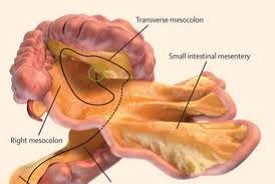
Scientists from Ireland have discovered a new human organ named the mesentery. It is found in our digestive systems. Earlier it was thought to be made up of fragmented, separate structures. However, scientists believe it to be a continuous organ. It will be human body’s 79th organ.
It is a double fold of peritoneum and connects the intestine to the abdomen. It attaches the stomach, small intestine, pancreas, spleen and other organs to the posterior wall of the abdomen.
News 2 - India's Giant Metrewave Radio Telescope plays key role in rare discovery
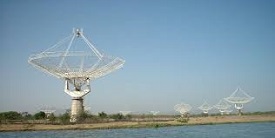
India's Giant Metrewave Radio Telescope, GMRT based at Khodad near Pune and NASA's Chandra X-ray telescope have played an important role in making a rare discovery about the universe.
For the first time, it has been shown that the central dense cores of certain kinds of special galaxies are the source that high energy particles like electrons need to create relic radio emissions that are seen in clusters of galaxies.
News 3 - China launched the updated version of Kuaizhou-1A rocket
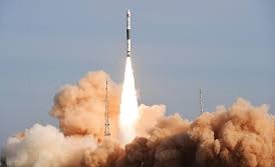
China successfully launched three satellites into space in its first commercial mission using an updated version of Kuaizhou-1A rocket. The KZ-1A rocket was made from the Kuaizhou-1 rocket with improvements in adaptability. It is a low-cost solid- fueled carrier rocket with high reliability.
The KZ-1A rocket is designed to launch low-orbit satellites weighing below 300 kg and will be used for forestry survey, environmental protection, disaster management and relief purposes. Mission was carried out under leadership of China Aerospace Science and Industry Corporation.
News 4 - ISRO and CNES ink pact on satellite launch
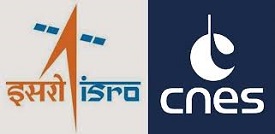
CNES, French Space agency and Indian Space Research Organisation entered an MoU to launch satellite technology. MoU will make the CNES-ISRO partnership more strong, enable France to learn from the Indian model of streamlining the costs of space programmes and equipping Axiom Research Lab’s lunar rover with two latest-generation CASPEX micro-cameras, developed by CNES.
CNES will help ISRO with French technology in sending Team Indus on this first private mission to land a rover on the moon.
News 5 - ISRO inked agreement with French Space Agency

Indian Space Research Organisation (ISRO) inked a partnership agreement with French Space agency (CNES) in satellite launch technology. The agreement was signed between ISRO Chairman Kiran Kumar and CNES President Jean-Yves Le Gall.
French Minister of Foreign Affairs Jean-Marc Ayrault met Rahul Narayan, CEO of leading Indian "NewSpace" start-up, Axiom Research Labs. The start-up has put forward TeamIndus which is designing an all-terrain rover by end-2017. The French Space Agency will provide cameras to the rover.
News 6 - SpaceX’s Falcon 9 Rocket successfully placed 10 satellites into orbit
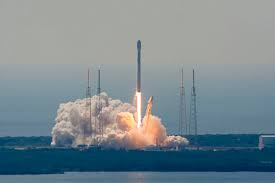
SpaceX successfully placed constellation of 10 satellites into orbit on board of its two stage Falcon 9 Rocket. Falcon 9 is a two-stage rocket designed and manufactured by SpaceX for safe transit of satellites.
SpaceX ferries supplies to the International Space Station and is in progress to develop a Falcon which will carry astronauts to the station. Satellites were placed into the orbit for Iridium Communications Inc. so that they can replace its existing network of satellites and provide global voice and data communications.
News 7 - World's lightest watch created using graphene

Scientists have developed the world's lightest high-performance mechanical watch made using the 'wonder material' graphene and weighing just 40 grams. The RM 50-03 watch was made using a unique composite incorporating graphene to manufacture a strong but lightweight new case to house the delicate watch mechanism.
Graphene is the world's first two-dimensional material at just one-atom thick. It was first isolated in 2004 and has the potential to revolutionise a large number of applications including high-performance composites for the automotive and aerospace industries, as well as flexible, bendable mobile phones and tablets and next-generation energy storage.
News 8 - NASA approved mission to explore iron-rich asteroid "16 Psyche"
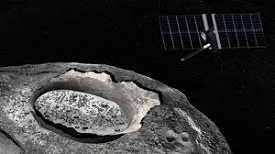
NASA has approved a mission to explore 16 Psyche, an iron-rich asteroid whose contents are said to be worth over 100-thousand times the value of the entire world economy.
The mission, proposed in 2014, would send a NASA spacecraft to Psyche, running tests to learn more about the history and composition of the celestial body. Psyche is an asteroid with a diameter in excess of 125 miles, about the same size of the state of Massachusetts, and is almost entirely composed of iron and nickel.
News 9 - Baby born using a new type of 3-person IVF
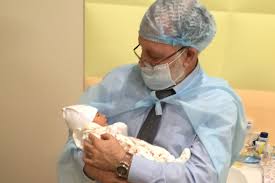
The Times reports that doctors in Kiev used a method called pronuclear transfer to help a previously infertile couple have a baby. This new type of three-person IVF is a first case in the world. However, it is not the first baby born with DNA from three parents.
The baby, born on 5th January, is thought to be the world's second modern three-parent baby. Another child was created using a slightly different method in Mexico. Doctors developed three-person IVF to help women who are at risk of passing on serious genetic disorders, called mitochondrial disease, to have a healthy child.
News 10 - ISRO to launch record breaking 103 satellites at one go
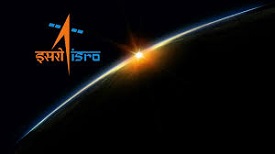
ISRO plans to launch 103 satellites in one go on a single rocket and create a record in space. The highest number of satellites launched in a single mission so far has been 37 by Russia in 2014. NASA has earlier launched 29 satellites in one go in 2013 whereas ISRO had earlier launched 20 satellites in one go.
These Satellites will be launched with the help of launch vehicle PSLV (C37) from Satish Dhawan Space Centre in Sriharikota in Andhra Pradesh.
News 11 - Researchers build world’s first stable semi-synthetic organism
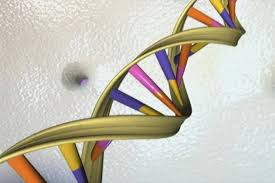
World’s first stable semi-synthetic organism a single-celled bacterium is created by US’s Scripps Research Institute scientists. It is meant to play important role drug discovery and other applications. Semi-synthetic organism is the modified form of E.coli bacteria which is created by introducing DNA molecules that are not found in nature in a common bacterium.
This new semi-synthetic organism has ability to create microbes that can manufacture new proteins and form new medicines and nanotechnology based medicines.



